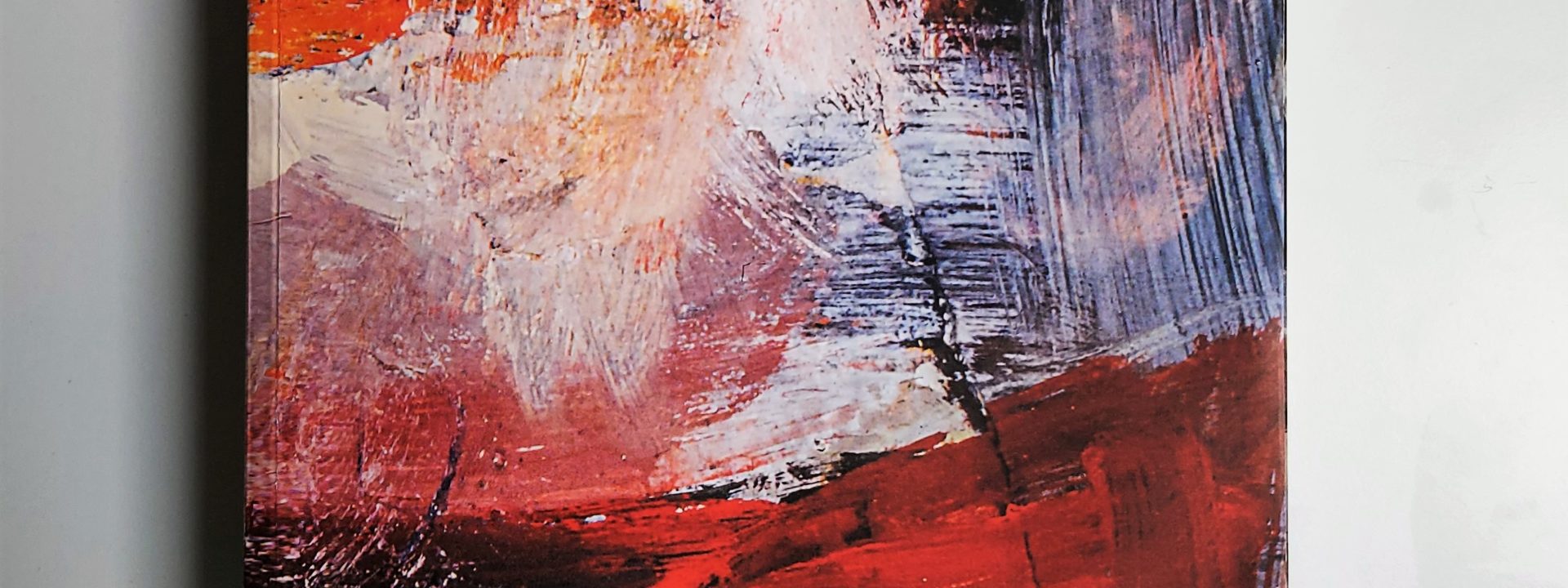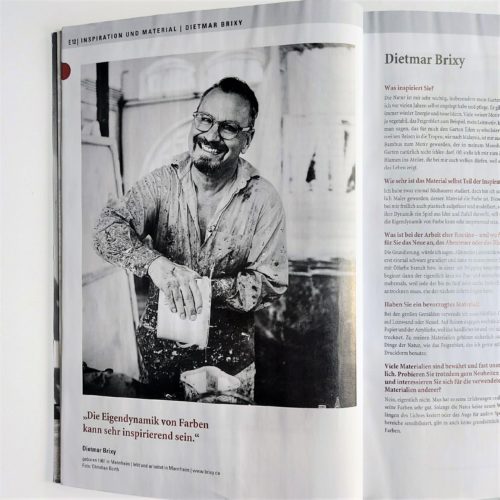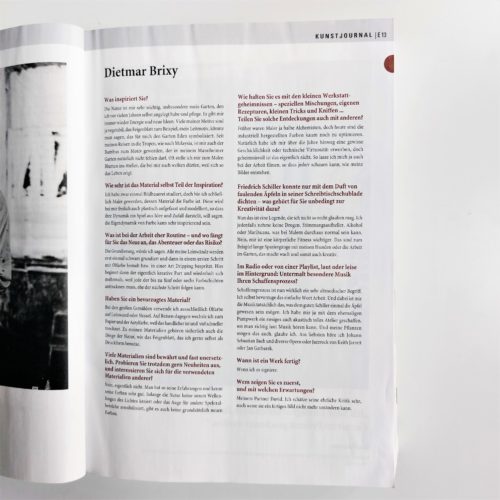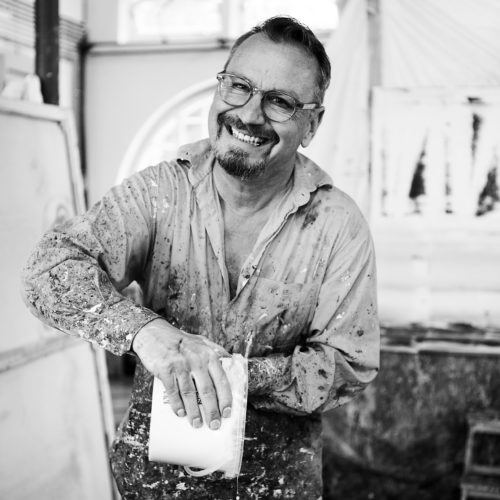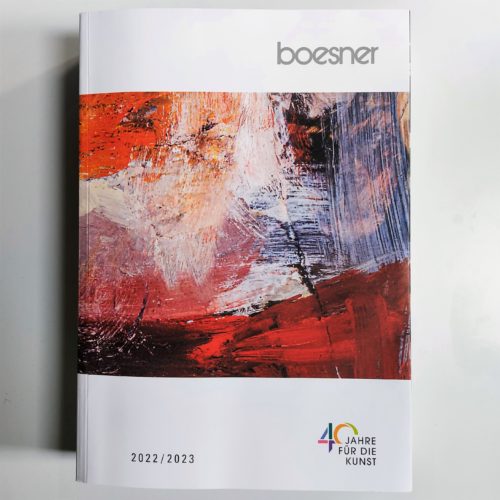Brixy in the new boesner main catalog | boesner celebrates 40th anniversary!
For 40 years now, boesner, one of the leading suppliers of professional artists' materials, has been all about art and, in particular, about the material for art.
For some time now, the art journal in the boesner main catalog has featured interviews with important contemporary artists. On the occasion of boesner's 40th anniversary in 2022, the interview is dedicated to the topic "Inspiration and Material".
Read the interview with artist Dietmar Brixy here:
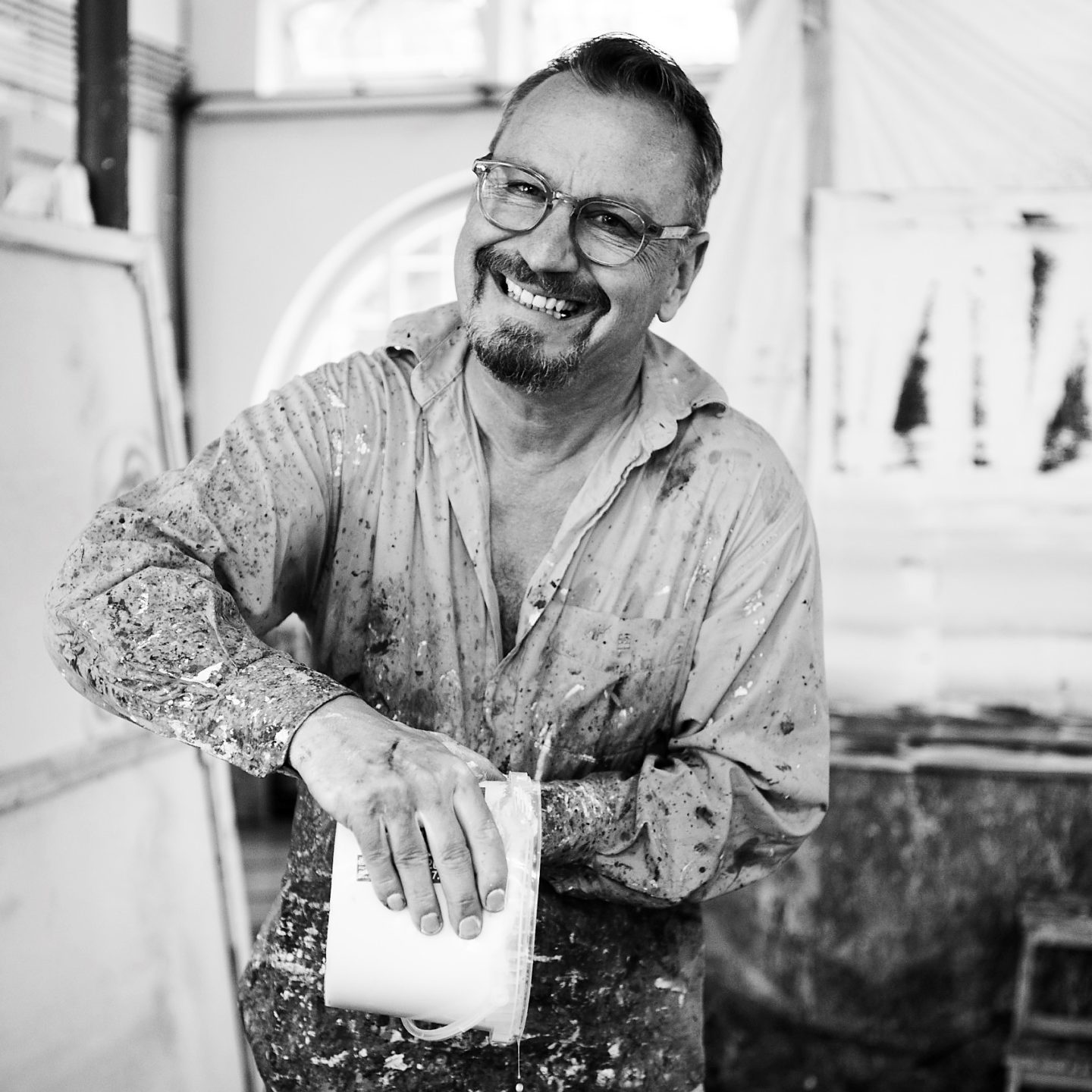
Artist Dietmar Brixy
- What inspires you?
Nature is very important to me, especially my garden, which I planted and maintain myself many years ago. It always gives me energy and new ideas. Many of my motifs are vegetal, the fig leaf for example, my leitmotif, you could say, which symbolizes the Garden of Eden for me. Since my travels to the tropics, such as Malaysia, bamboo has also become a motif for me, which of course cannot be missing in my garden in Mannheim. Often I put flowers in my studio to paint, which are also allowed to wilt, because that's how life shows itself.
- How much is the material itself part of your inspiration?
Although I once studied sculpture, I eventually became a painter whose material is color. In my work, color is also conceived and modeled in a plastic way, so that its dynamics are a game of ideas and coincidence, in other words, the momentum of color can be very inspiring.
- What is more routine in your work - and where does the new start for you, the adventure or the risk?
The priming, I would say. All my canvases are first primed in black and then in a first step painted with oil paint or splashed in a kind of dripping. This is where the actual creative part begins and is repeated several times, because each of the up to five or six layers of paint must dry before the next step can follow.
- Do you have a preferred material?
For the large paintings, I exclusively use oil paint on canvas or nettle. When traveling, on the other hand, I switch to paper and acrylic paint because it's handier and dries much faster. My materials certainly include things of nature, such as the fig leaf, which I like to use as a printing form myself.
- Many materials are tried and tested and almost irreplaceable. Do you still like to try out new things, and are you interested in the materials others use?
No, not really. You have your experiences and know your colors very well. As long as nature does not create new wavelengths of light or sensitize the eye to other spectral ranges, there are no fundamentally new colors.
- How do you keep it with the little workshop secrets - special mixtures, your own formulas, little tricks ... Do you share such discoveries with others?
Painters used to be half alchemists, but today industrially produced paints can hardly be optimized. Of course, I have acquired a certain skill or technical virtuosity over the years, but there is really nothing mysterious about it. So I let myself film at work, so that everyone can see how my pictures are created.
- Friedrich Schiller could only write poetry with the smell of rotting apples in his desk drawer - what do you think is an essential part of creativity?
Well that's a legend I don't really believe. I, for one, don't take drugs, mood enhancers, alcohol or marijuana, which can be quite normal for painters. No, physical fitness is more important to me. That is, for example, long walks with my dogs or working in the garden, which makes you awake and therefore creative.
- On the radio or from a playlist, loud or soft in the background: special music underpins your creative process.
Creative process is now really a very old-fashioned term. I myself prefer the simple word work. And music is to me what apples might once have been to Schiller. With the former pumping station, I have created a huge and acoustically great studio where you can listen to music really loud. And my plants like that too, I think. My favorite music is Johann Sebastian Bach and various operas or jazz rock by Keith Jarrett or Jan Garbarek.
- When is a work finished?
When I sign it.
- Who do you show it to first and with what expectations?
My partner David. I really appreciate his honest criticism, even if it can't change a finished painting.




